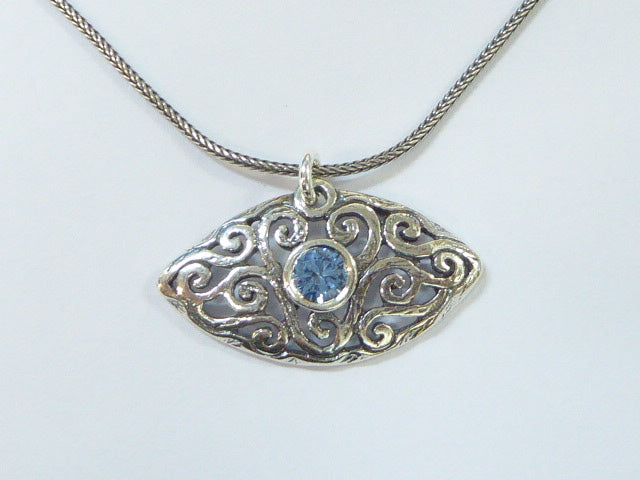
The story of the Evil eye belief
Share
The story of the Evil eye belief: The Evil Eye (Ayin ha-Ra in hebrew) is alleged to be able to harm or cast a curse on a person. It is discussed in the Talmud and Kabbalah. The Evil Eye is traditionally believed to be the reason for sickness, tragedy, and pain in the world.
The most frequent cause of harm from the Evil Eye is considered to be jealousy. Rabbis warned people against unnecessary flaunting of wealth and admiration to avoid resentment from others.
Many superstitions evolved to ward off the Evil Eye or prevent it from harming them. However, many of these superstitions were variations of non-Jewish customs.
Dating back to Talmudic times, Jews have been wearing charms around their neck to guard from the Evil Eye.
Today, some Jews often wear a chai necklace (charm symbolizing the number eighteen) to guard themselves from harm.
For Ashkenazic Jews, any blessing is normally lessened with the phrase “keyn ayen horeh” (without the Evil Eye) or abbreviated to “keynahora.”
Tha hamsa is supposed give protection from the evil eye, bad luck that results from the attention or jealousy of others. Today it shows up in both Jewish and Muslim culture.
In mainland Italian it is mal occhio (the bad eye) and in Spanish mal ojo or el ojo (the bad eye or just the eye). In Sicily it is jettatore (the projection [from the eye]) and in Farsi it is bla band (the eye of evil).
